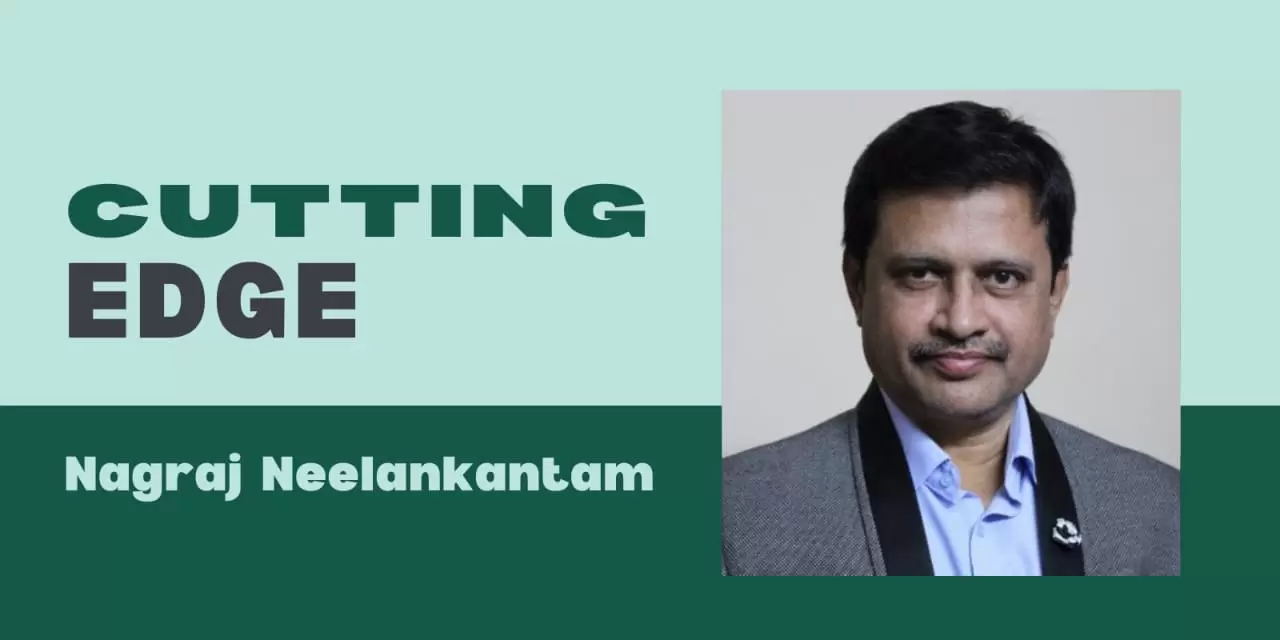On Saturday, International Yoga Day was observed worldwide—an annual recognition now enshrined in the United Nations Charter, thanks to Indian Prime Minister Narendra Modi’s initiative. Modi, an ardent practitioner of this ancient discipline, has repeatedly emphasized yoga’s role in fostering both personal peace and global harmony. His participation in Andhra Pradesh’s record-breaking event—where nearly two crore people took part—sent a powerful message amid global unrest: from the Middle East to Eastern Europe, Yoga offers a non-violent antidote to today’s mounting tensions.
In a world fraught with anxiety and conflict, “stress” has become an everyday affliction, affecting everyone from schoolchildren to senior citizens. It manifests quietly, yet powerfully, as one of the most pervasive health hazards of our time.
Children today face academic burdens unimaginable a generation ago—heavy textbooks, relentless schedules, and constant competition. Working professionals, torn between deadlines and personal obligations, suffer silently. Even homemakers, juggling household responsibilities, children’s needs, and family logistics, endure invisible emotional and physical pressure.
Stress has thus become a modern malaise—ever-present, often normalized, but deeply damaging.
Why Yoga Matters
Yoga, in this context, is more than a fitness fad. It is a proven antidote to stress. Studies consistently show that yoga reduces stress hormones, promotes relaxation, improves sleep quality, and boosts emotional resilience. It activates the parasympathetic nervous system—responsible for the body’s “rest and digest” functions—bringing calm amidst chaos.

Yoga’s blend of mindfulness, controlled breathing (pranayama), and body postures (asanas) not only alleviates tension and anxiety but builds long-term physical and psychological balance.
The Toll of Chronic Stress
While short-term stress may help us rise to challenges, chronic stress is a different beast. Prolonged stress can devastate the mind and body:
- Heart and Circulatory System: According to the American Heart Association, chronic stress increases the risk of hypertension, heart attacks, and strokes.
- Digestive System: Stress disrupts digestion, leading to acid reflux, ulcers, and irritable bowel syndrome.
- Muscular and Skeletal System: Tension causes persistent headaches, neck pain, and backaches.
- Endocrine System: Stress hormones like cortisol interfere with insulin, contributing to weight gain, diabetes, and metabolic disorders.
- Sleep Patterns: Insomnia and other sleep disturbances are common outcomes of unmanaged stress.
- Mental Health: Anxiety, depression, mood swings, and cognitive decline are all linked to unchecked stress levels.
Stress also weakens the immune system, increasing vulnerability to infections, prolonging recovery, and possibly triggering autoimmune disorders.
Neurobiology and Immunity
Scientific research has delved deeply into the neurobiology of stress, examining how stress affects brain structures like the hippocampus (memory) and amygdala (emotional response). Chronic stress rewires the brain, making individuals more prone to fear, poor decision-making, and even memory loss.
At the cellular level, stress impacts cell-mediated immunity, the body’s frontline defense managed by T-cells. While short bursts of stress may temporarily boost immunity, long-term exposure suppresses it, leaving the body exposed to infections and even cancer.

Coping Mechanisms and the 5 C’s
Experts recommend a combination of coping strategies to counteract stress. These include relaxation techniques, physical exercise, healthy eating, social interaction, and professional therapy when needed. Yoga integrates many of these into a single, holistic discipline.
Mental health professionals also speak of the “5 C’s” of emotional well-being:
- Connection – maintaining strong social bonds.
- Coping – developing resilience through healthy habits.
- Calmness – nurturing inner peace via practices like meditation.
- Care – showing kindness to oneself and others.
- Compassion – understanding and empathizing with others’ struggles.
These principles are embedded in yogic philosophy and practices, making it uniquely suited to modern mental health challenges.
Special Forms of Stress
Stress isn’t monolithic. It varies in form and intensity:
- Workplace Stress – leads to burnout, absenteeism, and lowered productivity.
- Academic Stress – affects concentration, physical health, and mental stability in students.
- Social Stress – triggered by isolation, bullying, or discrimination.
- Post-Traumatic Stress Disorder (PTSD) – develops after deeply disturbing events and affects not just individuals but entire communities.
Understanding the type of stress is crucial for effective intervention.
The Long Shadow of Stress
Left unchecked, stress leaves a wide trail of damage. It can cause:
- Cognitive impairments such as poor memory and concentration.
- Aggravation of skin issues like acne or eczema.
- Sexual dysfunction and diminished libido.
- Reliance on harmful coping mechanisms like alcohol, smoking, or substance abuse.
The cumulative effects can be catastrophic—not only for individuals but for families, workplaces, and society at large.
Moving Forward
As stress silently eats away at public health, the need for accessible, preventive, and non-pharmacological solutions becomes urgent. Yoga, backed by both ancient wisdom and modern science, emerges as a beacon of hope.
Modi’s emphasis on yoga is not just cultural or symbolic—it’s strategic. In a post-pandemic, conflict-ridden world, Yoga Day isn’t just about stretching; it’s about survival.
Recognizing stress, identifying its symptoms, and proactively managing it must be a priority at personal, institutional, and governmental levels. While medical intervention is critical in many cases, promoting practices like yoga offers a low-cost, high-impact tool for universal wellness. (To be concluded)






